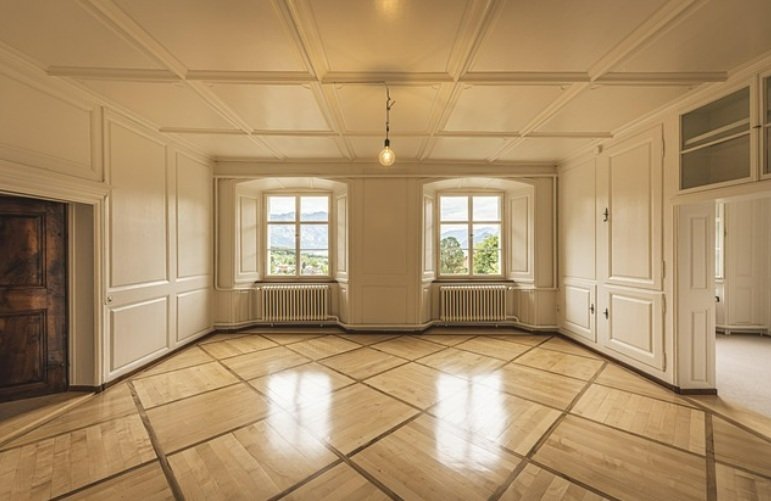
Choosing a heater can feel like one of those household decisions that should be simple but isn’t. You walk into a store (or scroll online) expecting a quick fix for cold nights, only to find dozens of options, each claiming to be efficient, cost-effective, and powerful.
But not all heaters are made equal—and not every home needs the same kind of warmth.
So before you buy something that ends up too weak, too strong, or just plain wrong, it’s worth slowing down and thinking through a few basics.
The first thing to consider is your room—its size, shape, and insulation. A compact, well-sealed bedroom doesn’t need the same kind of heating as an open-plan living area with high ceilings and draughty windows.
Think in square metres. As a rough guide, a small bedroom (say 10m²) might get by with a 1000W heater, while a larger lounge (30m² or more) could need at least 2400W.
Of course, these numbers aren’t exact science. If your windows are single-glazed or your home catches the wind, you’ll need to bump up the power.
Most homes rely on either electric or gas heating, and the choice isn’t just about comfort—it’s about how you live and what you’re willing to spend.
Electric heaters are usually cheaper to buy, don’t need installation, and are easy to move around. They’re good for quick fixes or occasional use—ideal for renters, spare rooms, or topping up heat where needed. That said, they can get expensive to run over long evenings or full winters.
Gas heaters, especially flued or ducted ones, tend to be more economical in the long run, especially if you’re heating large areas. But they come with extra considerations: ventilation, safety checks, and sometimes a higher upfront cost. For families or those planning to stay put, gas can be a smart investment.
One thing to note: not every home is set up for gas, and retrofitting a system just for heating might not be worth the hassle.
There’s a heater for every kind of situation—it’s just a matter of matching the tool to the task.
Energy star ratings are a handy guide, especially for electric models. But don’t stop at the label. A heater with five stars that’s too small for your room will still struggle—and you’ll end up running it at full power, constantly.
Instead, look for models with programmable timers, thermostats, and eco modes. These features give you more control and can trim down bills over time. Also, if you’ve got kids or pets, a tip-over cut-off switch is worth every cent.
According to the Australian Energy Regulator’s draft decision, residential electricity bills in New South Wales, South Australia, and south‑east Queensland are expected to rise between 2.5% and 8.9% from 1 July 2025, so even small improvements in efficiency can add up.
There’s one question most people don’t ask before buying a heater: How do I actually use heat? If you mostly keep to one room, it doesn’t make sense to heat the whole house. If you work from home during the day, a gentle background heater might suit you better than something that blows hot air in bursts.
It’s also worth remembering that heaters are only half the story. Heavy curtains, door snakes, and sealing off unused rooms can do just as much to keep your place warm. Sometimes the best upgrade isn’t a new heater—it’s a better way to keep the warmth you already have.
There’s no perfect heater for everyone. What works for your neighbour might be a waste of money for you. The best choice is one that fits your space, your habits, and your long-term costs—not just the sticker price.
So take your time, ask questions, and resist the urge to go for the biggest or the cheapest model. Warmth is about more than just heat—it’s about living comfortably, efficiently, and well through the cold.
Beating Variance: Bankroll Management Strategies for High Stakes Poker
June 30, 2025Choose the Right Heater for Your Home: A Practical Guide
June 30, 2025Electrical Safety Tips When Building or Renovating
June 30, 2025Mastering Card Counting or the Secret to Blackjack Success in 2025
June 24, 2025Tile Trims – Everything You Need to Know
June 21, 2025